Imagine a time when healing didn’t come from a pharmacy shelf but from the earth itself. Rewind a century or two, and the concept of folklore remedies well-being was not a quirky footnote but the backbone of community health. Across the United States and beyond, grandmothers brewed teas from backyard herbs, and neighbors swapped recipes for salves made of roots and bark. These practices, often dismissed as outdated, carried generations through illness and hardship. Today, in 2025, as stress and chronic conditions plague modern life, a quiet resurgence of these old ways is gaining traction. People are turning back to nature, seeking balance through traditions once thought obsolete. What’s driving this shift? And more importantly, do these forgotten methods actually work? A closer look at history, science, and personal stories reveals surprising answers—and practical wisdom worth reclaiming.
1. Chamomile Tea for Sleepless Nights
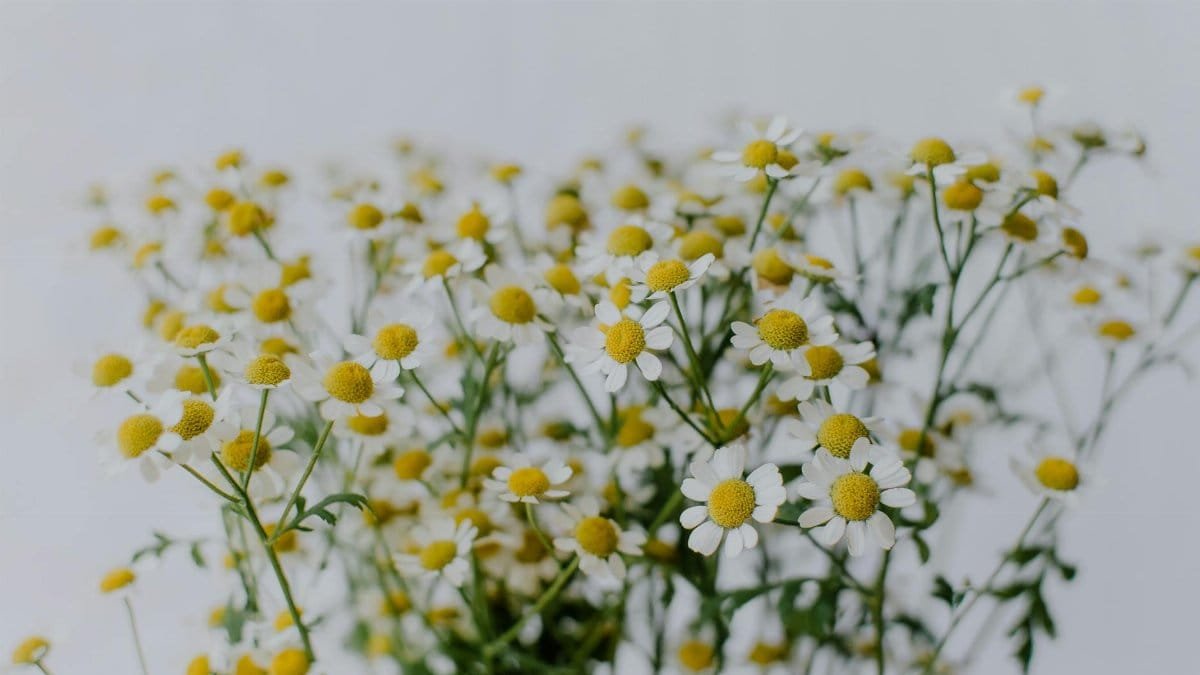
Start with something familiar: chamomile. This delicate flower, steeped in hot water, was a staple in early American households for calming nerves and easing insomnia. Folklore held it as a gentle lullaby in liquid form. Science now backs this up. Studies from institutions like the National Institutes of Health suggest chamomile contains apigenin, a compound that binds to brain receptors, reducing anxiety and promoting sleep. It’s no wonder that in 2025, herbal tea sales are spiking as people seek natural alternatives to sleeping pills. Brew a cup before bed, and the ritual itself—warm mug in hand, faint floral scent—becomes a small act of self-care.
2. Honey and Lemon for Sore Throats
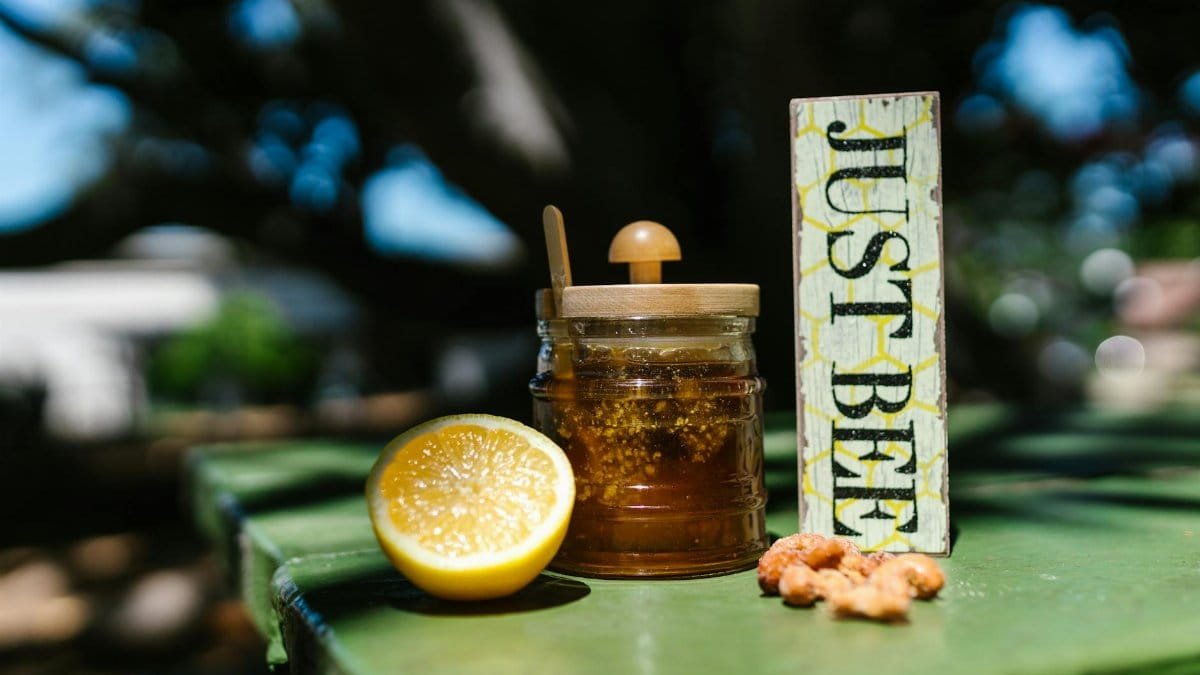
Remember a childhood cold, soothed by a spoonful of honey mixed with lemon juice? This remedy, rooted in folklore across the South and Midwest, was more than comfort food. Honey’s antimicrobial properties can suppress coughs, while lemon’s vitamin C supports immunity. It’s a simple duo, passed down through family kitchens, that still holds up under scrutiny. A quick stir in warm water, and the sticky sweetness feels like a hug for a raw throat.
3. Garlic for Immune Strength
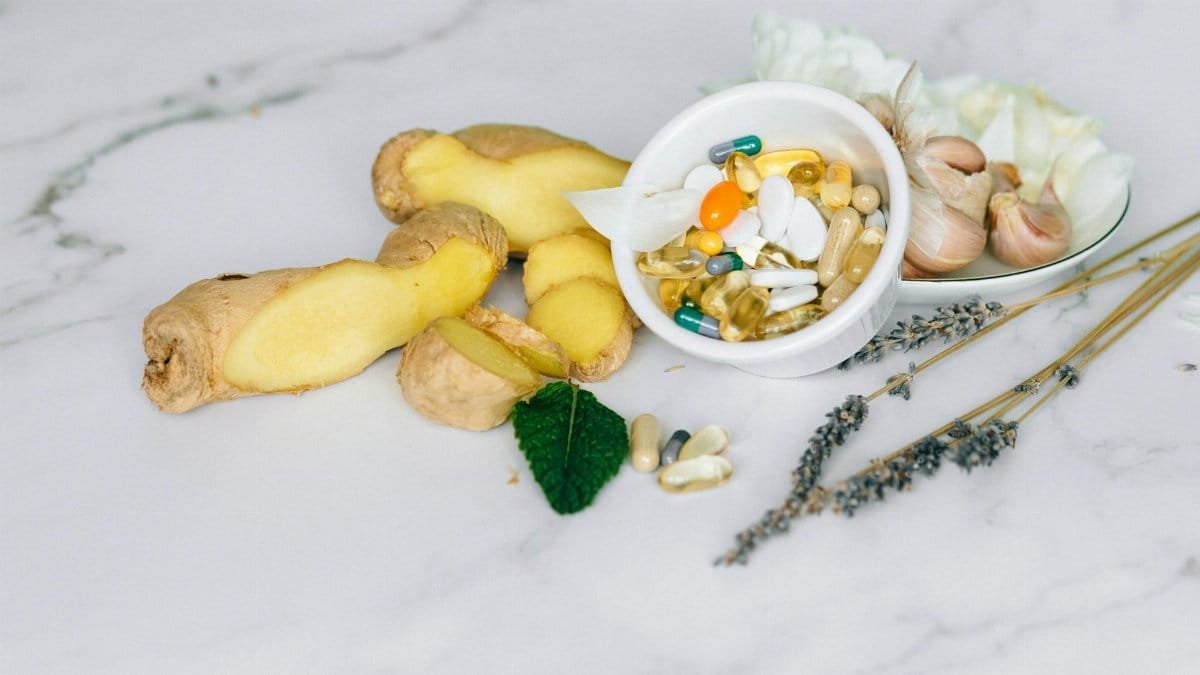
Folklore remedies well-being often leaned on pungent allies like garlic. In rural communities, it was crushed into soups or worn as amulets to ward off illness. Modern research, including findings from the Centers for Disease Control and Prevention, highlights allicin, a compound in garlic, as a natural immune booster. Add it to meals, and let its sharp bite work its quiet magic.
4. Ginger Root for Nausea
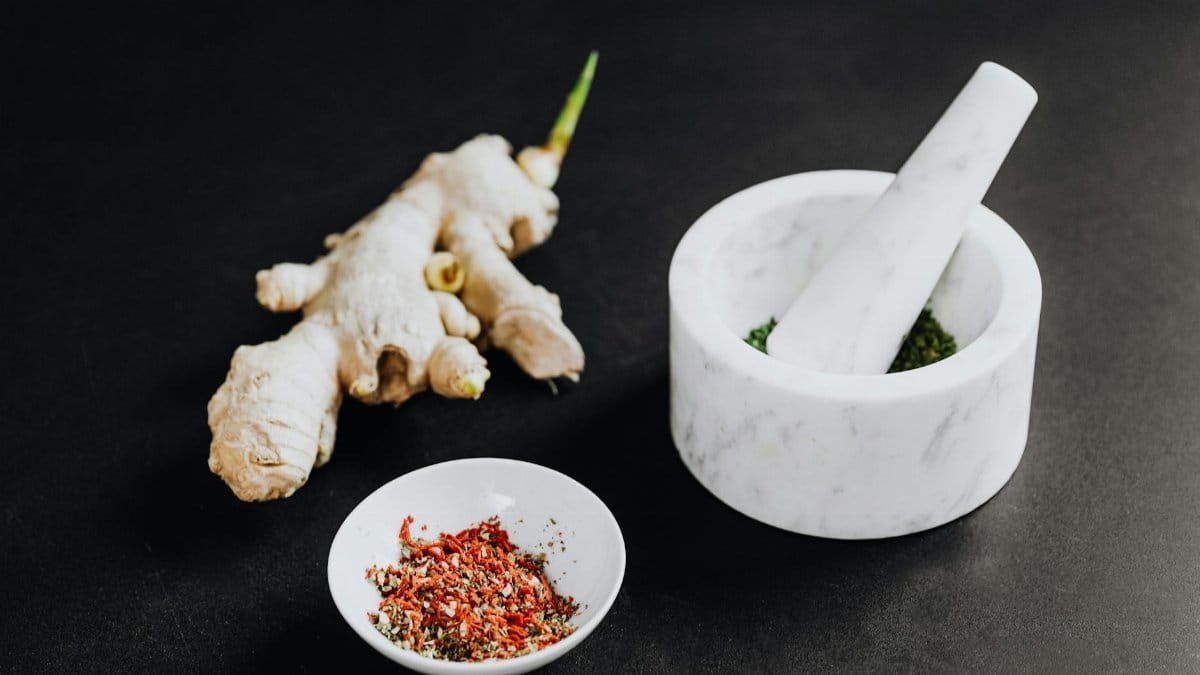
Ginger wasn’t just a spice in old-world kitchens; it was medicine. Sailors chewed it to combat seasickness, and mothers grated it into teas for upset stomachs. Today, studies confirm gingerol, its active ingredient, calms nausea effectively. Slice fresh ginger, steep it in boiling water, and sip slowly. The warmth spreads, settling the body with each breath.
5. Peppermint for Headaches

In folklore, peppermint leaves were rubbed on temples or brewed into teas to dull headaches. Native American traditions often used it for pain relief. Now, science suggests menthol in peppermint can relax muscles and improve blood flow. A dab of diluted oil or a whiff of crushed leaves might just ease that pounding in your skull.
6. Apple Cider Vinegar for Digestion
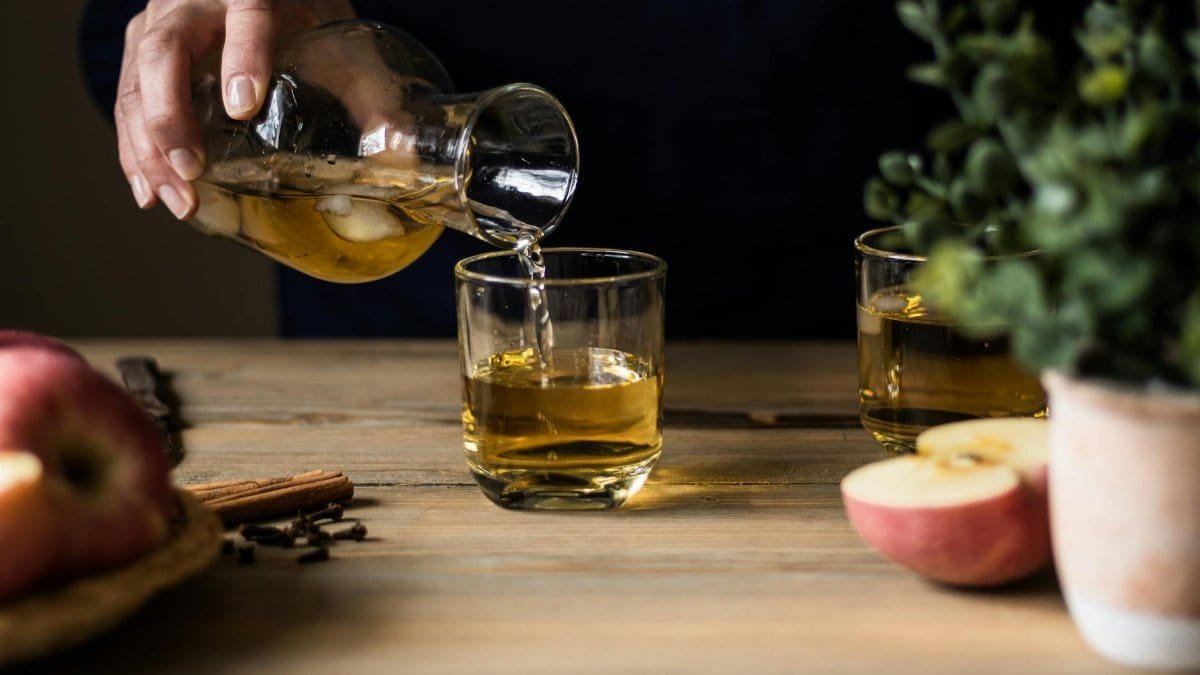
Grandparents swore by a spoonful of apple cider vinegar in water to settle digestion. This tart remedy, born from fermented apples, was a kitchen cure-all. Research hints at its ability to balance gut bacteria. Dilute it heavily—its acidity is no joke—and it might smooth out a heavy meal’s aftermath.
7. Turmeric for Inflammation

Golden and earthy, turmeric was prized in Southern folklore for healing wounds and soothing aches. Curcumin, its active compound, is now studied for anti-inflammatory effects. Mix it into a warm drink with a pinch of black pepper to boost absorption. The glow of the mixture feels almost ceremonial.
8. Elderberry for Cold Defense

Elderberry syrup, a staple in Appalachian folklore, was simmered down to fight colds. Its deep purple hue carried promises of recovery. Recent trials suggest it may shorten flu symptoms. A homemade batch, sweetened lightly, recalls a time when nature was the first pharmacy.
9. Lavender for Stress Relief
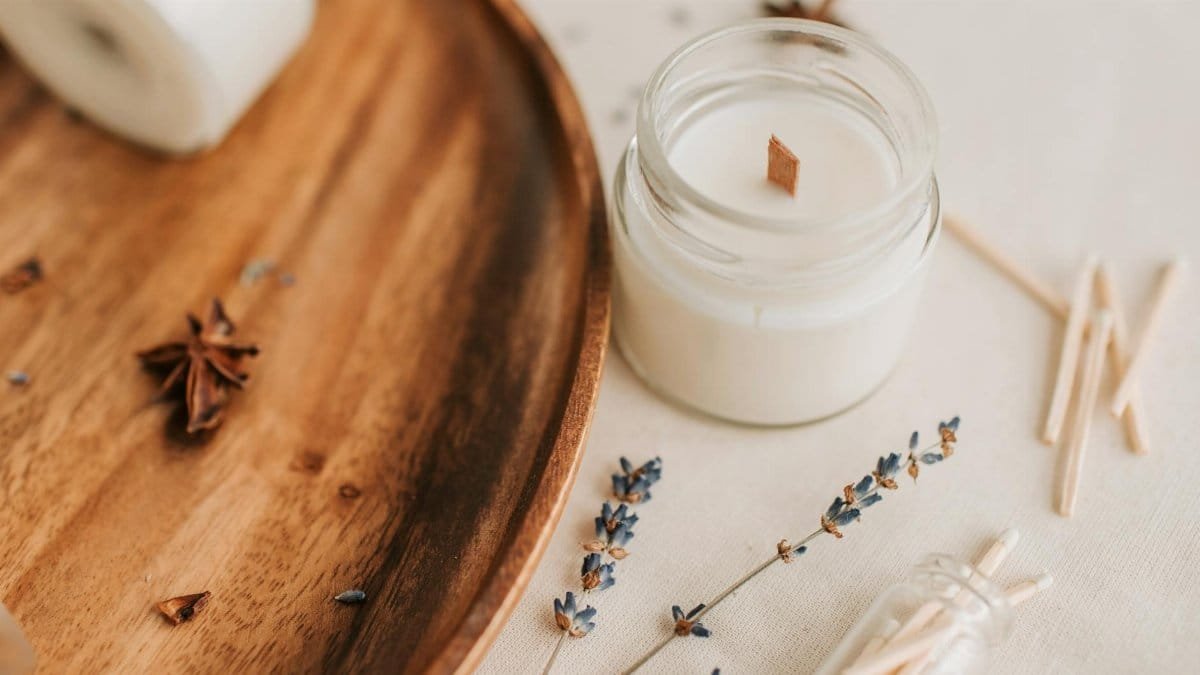
Lavender’s scent was once tucked into pillows or sachets to ease restless minds. Folklore tied it to tranquility. Studies now link its aroma to lower cortisol levels. A few drops of oil on a cloth, inhaled deeply, can cut through a chaotic day in 2025’s relentless pace.
10. Willow Bark for Pain

Before aspirin, there was willow bark. Chewed or brewed by early settlers, it dulled pain with salicin, a natural precursor to modern painkillers. While raw use requires caution, its historical role in folklore remedies well-being underscores nature’s pharmacy. Consult a professional, but appreciate its legacy.
11. Aloe Vera for Burns
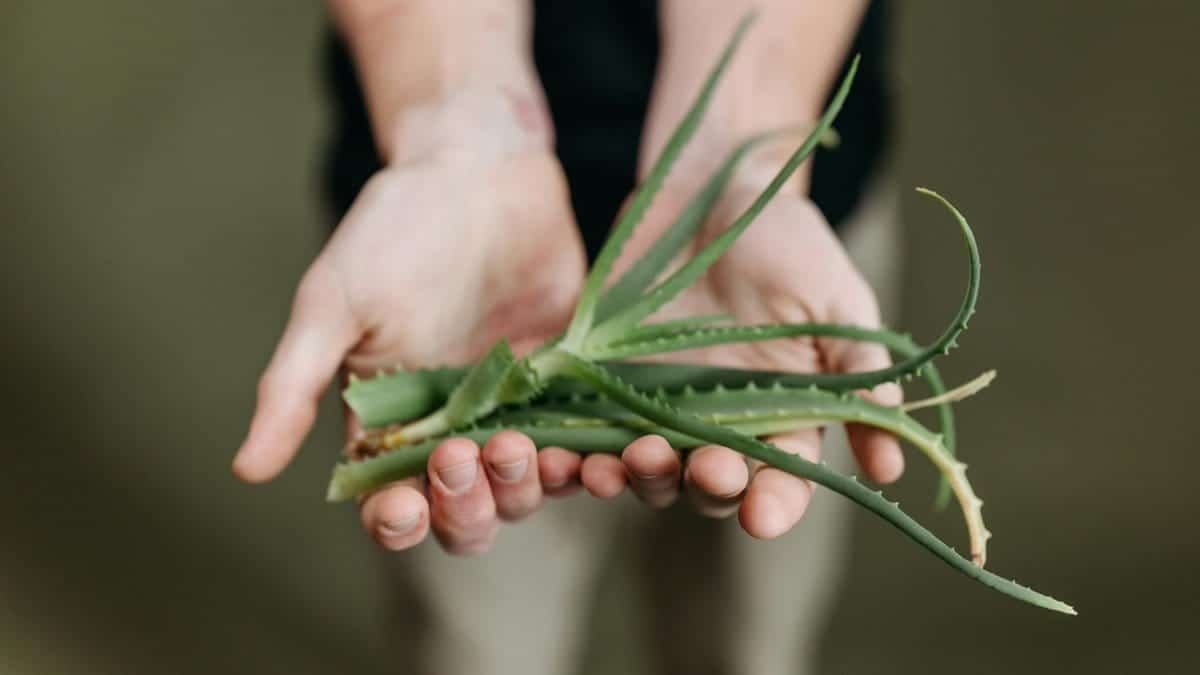
Aloe’s cool gel, scraped from spiky leaves, was a go-to for sunburns in coastal folklore. Its hydrating properties soothe skin, as science confirms. Snap a leaf, spread the gel, and feel the sting fade. It’s a tactile reminder of plants as protectors.
12. Rosemary for Memory
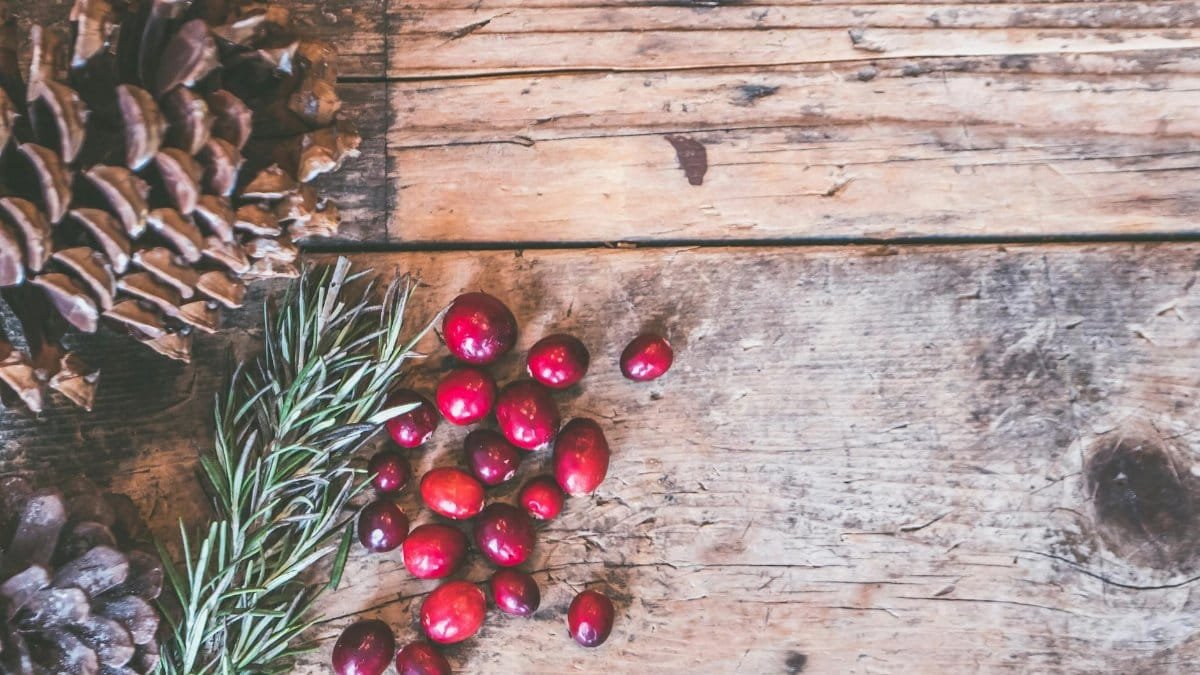
Folklore claimed rosemary sharpened the mind—students once wore sprigs during exams. Shakespeare even nodded to it in “Hamlet.” Sniffing its oil may boost focus, per recent studies. A sprig on a desk might just spark a clearer thought.
13. Oatmeal Baths for Skin Irritation

Oatmeal wasn’t just breakfast; it was a bath soak for itchy skin in old homesteads. Ground oats, tossed into warm water, calm irritation with anti-inflammatory compounds. Submerge, and the silky texture wraps the body in relief, a humble fix from the pantry.
14. Echinacea for Cold Prevention

Native American tribes used echinacea root to fend off sickness, a practice adopted by settlers. Its immune-boosting potential is still debated, but some studies, like those from the Mayo Clinic, suggest modest benefits. A tea or tincture carries the weight of ancient trust.
15. Salt Water for Oral Health

Finally, a simple rinse of salt water, gargled for sore gums or throats, was a sailor’s trick and a household standby. Its antiseptic nature cleanses naturally. Swish a warm mix, and the old-school grit of it feels oddly grounding, a nod to resilient ancestors.
These 15 remedies, drawn from the well of folklore remedies well-being, aren’t just quaint relics. They bridge past and present, offering accessible tools in a world often overcomplicated by synthetic solutions. Take, for instance, a woman in her fifties, recently overheard at a farmers’ market in Ohio. She shared how brewing ginger tea reminded her of her late mother’s care during childhood flus—the act as healing as the drink itself. Elsewhere, online discussions in 2025 reveal a growing curiosity about these traditions, with one anonymous account describing a newfound calm from lavender oil after years of sleepless stress. These stories hint at a deeper hunger for connection—to history, to nature, to simpler paths of care.
Of course, not every old cure holds up. Some carry risks if misused, and modern medicine remains vital for serious conditions. Yet, as research from places like Harvard University continues to explore herbal benefits, the overlap between folklore and science grows clearer. In a year like 2025, marked by digital overload and wellness fads, these time-tested practices offer a quiet rebellion. They ask us to slow down, to touch the raw ingredients of healing, and to trust in what’s been proven by centuries of trial and error. Pick one. Test it. See what roots take hold in your own life.
